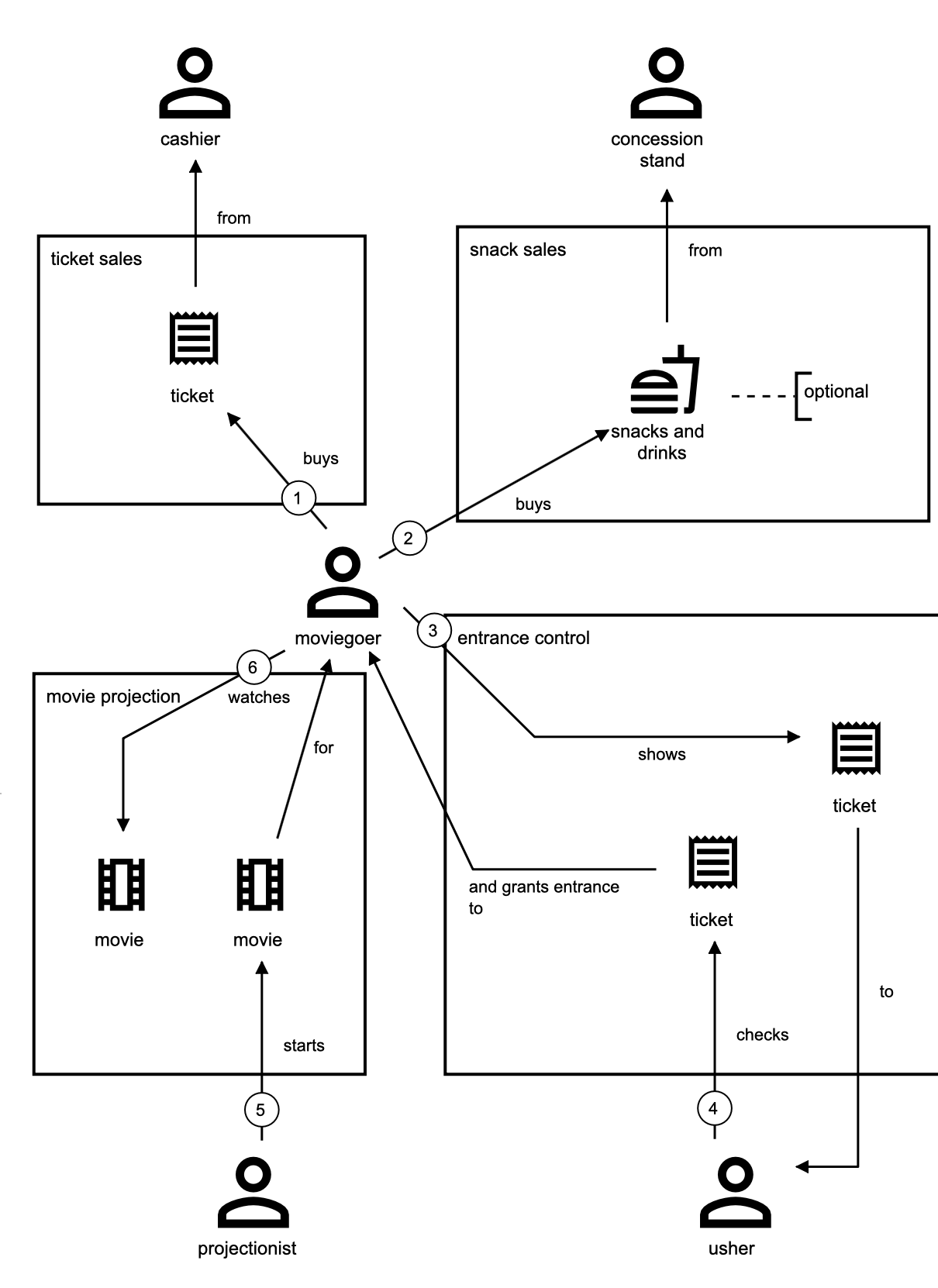Why Stakeholder Interviews Matter
When mapping customer experience, many teams look outward — toward users, analytics, or surveys. But there’s a critical source of insight that’s often overlooked: the people inside your own organization.
Internal stakeholder interviews help surface how different teams understand — and influence — the customer experience. They expose gaps, workflows, frustrations, and opportunities that are nowhere to be found in documentation or dashboards.
Whether you’re preparing for journey mapping, service blueprinting, or another alignment method, these interviews are often the first real step toward clarity.
Who Should You Interview?
Don’t limit yourself to sponsors or senior management. Instead, aim for breadth across roles and depth within functions:
- Customer-facing employees (Support, Sales, Service)
- Operational roles (Logistics, IT, Fulfillment)
- Strategy and product (PMs, designers, analysts)
- Decision-makers and domain owners
Even if you only speak to 1–2 people per function, treat them as proxies for how that part of the organization sees and shapes the customer experience.
How to Conduct the Interviews
- Format: 30–60 minutes, online or in person
- Style: Informal, conversational, guided — not scripted
- Tone: Curious, neutral, empathetic
The goal is exploration, not validation. Treat the interview like a co-learning opportunity, not a questionnaire. You’re not checking boxes — you’re building understanding.
“If you ask real questions, you’ll get real answers. If you bring assumptions, you’ll get confirmation.”
What to Explore: Three Key Themes

Structure your conversation around these focal points:
1. Role & Function
- What’s your role in the organization?
- How is your team structured?
- What systems or tools do you use?
- Where do you sit in the customer value chain?
This sets the context for their perspective.
2. Touchpoints & Influence
- Where do you interact with customers directly or indirectly?
- Which interactions do you see as most critical?
- Are there common pain points or moments of friction?
Remember: even people without direct customer contact can influence the customer experience.
3. Perceived Experience
- How do you believe customers experience this process or product?
- What typically happens first? What happens next?
- Where do you see frustration? Where is the experience strong?
- What are the key “moments of truth”?
Clarify that this is their perception, not objective fact. These are hypotheses, not conclusions — and that’s exactly what makes them valuable.
Use Sketching to Support the Conversation
Encourage stakeholders to draw the experience as they explain it. Use a whiteboard, a shared document, or a printed template (e.g., a blank customer journey layout).
Visual thinking helps:
- Anchor the conversation
- Expose missing steps or actors
- Shift the perspective from “my task” to “the experience”
Low-fidelity is fine. You’re mapping understanding, not creating polished diagrams (yet).
Use Domain Storytelling to Build Shared Understanding

A particularly useful technique during internal interviews is Domain Storytelling. This method helps teams collaboratively visualize how people work together — by telling and drawing stories.
Stakeholders describe typical activities or customer interactions, and the interviewer maps them in real-time using actors, actions, and artifacts — creating a simple domain story that shows who does what in which order.
🔗 Learn more: domainstorytelling.org
Why Domain Storytelling works:
- It aligns different perspectives in a shared visual language
- It reveals implicit workflows, assumptions, and pain points
- It helps turn verbal descriptions into actionable structures
- It connects business language with experience logic
How to use it in stakeholder interviews:
Ask the interviewee to tell you a story from their work — for example,
“How does a customer complaint get handled?”As they talk, draw the process as a sequence of actions using stick figures or Domain Storytelling notation
(actor → action → object)Clarify and revise the story together until it reflects their actual working reality
Take a photo or recreate it digitally for later use in journey mapping workshops or CX analysis
Domain Storytelling is especially helpful when conversations get abstract.
It brings the domain back into focus — visually, collaboratively, and concretely.
Ask the Right Questions
Examples of open-ended prompts:
- “Walk me through a typical customer interaction.”
- “What issues come up repeatedly?”
- “What are some points where things tend to break?”
- “Are there internal steps that make things harder for customers?”
- “If you could fix one thing, what would it be — and why?”
You can also use the Critical Incident Technique:
- Ask them to recall a particularly good or bad experience.
- Get the detailed timeline: What happened? Why?
- Explore emotions, causes, and what should have happened instead.
After the Interview: Document and Cluster
Immediately after each session:
- Summarize the notes
- Cluster themes using Post-its, whiteboards, or tools like Miro/MURAL
- Use a structured format (e.g., Evidence – Interpretation – Implication)
- Separate what was said from what it might mean
Collaborate with your research partner to validate understanding and identify next questions.
Final Thoughts: From Insight to Alignment
Internal interviews help bridge the gap between how your organization works and how customers experience it. They’re fast, scalable, and invaluable — especially at the early stages of a mapping initiative.
They also build internal buy-in. When people feel heard, they’re more willing to support change.
Start with curiosity.
Map what people know.
Then test what you learn.